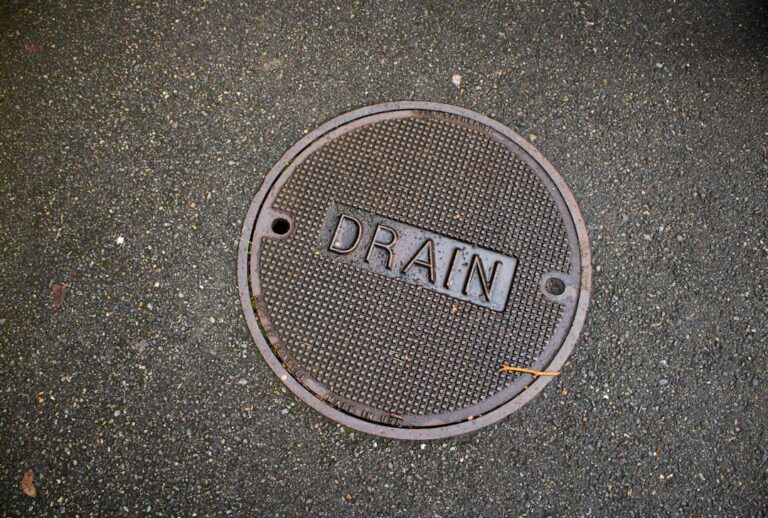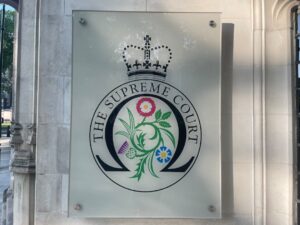The Renaissance, a term derived from the French word for “rebirth,” signifies a profound cultural transformation that swept across Europe from the 14th to the 17th century. This era marked a departure from the medieval mindset, characterized by a renewed interest in the classical knowledge of ancient Greece and Rome. The Renaissance was not merely an artistic movement; it was a comprehensive cultural revolution that encompassed advancements in art, science, literature, and philosophy.
It was during this period that Europe began to emerge from the shadows of the Middle Ages, embracing human potential and creativity. Central to the Renaissance was the flourishing of city-states in Italy, such as Florence, Venice, and Rome, which became vibrant centers of trade, culture, and intellectual exchange. Wealthy patrons, including the Medici family in Florence, played a crucial role in fostering artistic endeavors and supporting scholars.
This patronage allowed artists and thinkers to explore new ideas and techniques, leading to groundbreaking developments in various fields.
Key Takeaways
- The Renaissance was a cultural revolution that sparked a renewed interest in art, literature, and intellectual thought.
- Art played a crucial role in the Renaissance, with artists like Leonardo da Vinci and Michelangelo creating masterpieces that reflected the era’s focus on humanism and individualism.
- The Scientific Revolution was a legacy of the Renaissance, as thinkers like Galileo and Copernicus challenged traditional beliefs and laid the groundwork for modern science.
- Humanism had a profound impact on intellectual thought during the Renaissance, emphasizing the importance of human potential and individual achievement.
- The legacy of Renaissance literature and philosophy continues to influence modern society, shaping our understanding of art, science, and the human experience.
The Role of Art in the Renaissance
Art during the Renaissance was not only a reflection of the era’s cultural values but also a vehicle for innovation and expression. Artists such as Leonardo da Vinci, Michelangelo, and Raphael pushed the boundaries of artistic techniques, employing perspective, chiaroscuro, and anatomical accuracy to create works that conveyed depth and realism. The use of linear perspective, pioneered by artists like Filippo Brunelleschi, revolutionized how space was represented on a two-dimensional surface, allowing viewers to experience a sense of immersion in the artwork.
Moreover, Renaissance art often incorporated themes from mythology, religion, and human experience, reflecting the era’s humanistic ideals. For instance, Leonardo’s “The Last Supper” not only captures a pivotal moment in Christian theology but also showcases his mastery of composition and emotional expression. Similarly, Michelangelo’s Sistine Chapel ceiling is a monumental achievement that combines biblical narratives with an exploration of human form and emotion.
These works exemplify how art served as a means of both personal expression and societal commentary, inviting viewers to engage with complex themes and ideas.
The Scientific Revolution: A Legacy of the Renaissance

The Renaissance laid the groundwork for the Scientific Revolution, which emerged in the 16th and 17th centuries as scholars began to challenge traditional views of the universe. The emphasis on observation and empirical evidence during the Renaissance encouraged thinkers to question established doctrines and seek knowledge through experimentation. Figures such as Nicolaus Copernicus and Galileo Galilei exemplified this shift in thinking by proposing heliocentric models of the solar system that contradicted centuries of geocentric beliefs.
Galileo’s use of the telescope not only advanced astronomical knowledge but also exemplified the scientific method’s reliance on observation and experimentation. His findings regarding celestial bodies challenged the authority of the Church and sparked debates about the nature of knowledge itself. The Scientific Revolution was characterized by a growing belief in human reason as a tool for understanding the natural world, leading to significant advancements in fields such as physics, biology, and chemistry.
This intellectual shift would ultimately pave the way for modern science as we know it today.
The Impact of Humanism on Intellectual Thought
Humanism emerged as a defining intellectual movement during the Renaissance, emphasizing the value of human beings and their potential for achievement. Rooted in classical antiquity, humanism encouraged scholars to study ancient texts in their original languages, fostering a revival of literature, philosophy, and history. Thinkers like Petrarch and Erasmus championed the study of humanities as a means to cultivate moral virtue and civic responsibility.
The impact of humanism extended beyond academia; it influenced political thought and social structures as well. Humanists advocated for education that emphasized critical thinking and ethical reasoning rather than rote memorization of religious texts. This shift contributed to the development of secular governance models that prioritized individual rights and civic engagement.
The writings of Machiavelli, particularly “The Prince,” exemplify this new approach to politics, focusing on pragmatic governance rather than idealistic notions of morality.
The Legacy of Renaissance Literature and Philosophy
Renaissance literature is marked by its exploration of human experience, individuality, and complex emotions. Writers such as Dante Alighieri, Geoffrey Chaucer, and William Shakespeare delved into themes that resonated with their audiences on both personal and societal levels. Dante’s “Divine Comedy” navigates the realms of the afterlife while reflecting on moral philosophy and human nature.
Chaucer’s “The Canterbury Tales” offers a vivid portrayal of medieval society through diverse characters and narratives. Shakespeare’s works epitomize the Renaissance’s literary legacy, blending elements of tragedy, comedy, and history to explore universal themes such as love, power, ambition, and mortality. His ability to capture the intricacies of human emotion has made his plays timeless classics that continue to resonate with audiences today.
The philosophical inquiries posed by Renaissance thinkers laid the groundwork for modern existentialism and individualism, encouraging future generations to grapple with questions about existence, morality, and the human condition.
The Enduring Influence of Renaissance Ideas on Modern Society

The Scientific Method and Its Legacy
The scientific method developed during the Renaissance remains foundational to contemporary research practices across various disciplines. This approach to inquiry has led to ongoing advancements in technology, medicine, and environmental science, and continues to shape our understanding of the world around us.
The Enduring Power of Renaissance Art and Literature
Renaissance art continues to inspire artists today, with its techniques and themes permeating various forms of creative expression. The exploration of human emotion and experience remains central to literature and film, reflecting the enduring relevance of Renaissance thought in understanding the complexities of modern life.
A Timeless Legacy in the Face of Adversity
As society grapples with challenges such as climate change, social inequality, and technological advancement, the Renaissance’s legacy serves as a reminder of humanity’s capacity for innovation, creativity, and resilience in the face of adversity.
If you are interested in exploring the historical development of various subjects, you may also enjoy reading about Many-Valued Logic. This article delves into the origins and applications of this unique form of logic, providing insight into its historical significance. Just as the Renaissance revolutionized art and science, many-valued logic has had a profound impact on the field of mathematics and philosophy. Both topics showcase the evolution of human thought and creativity over time.
FAQs
What was the Renaissance?
The Renaissance was a period in European history, from the 14th to the 17th century, characterized by a renewed interest in classical art, literature, and learning. It is often considered a bridge between the Middle Ages and modern history.
What were the key cultural and intellectual developments of the Renaissance?
During the Renaissance, there was a significant emphasis on humanism, the study of classical texts, and the development of new artistic techniques. This period also saw advancements in science, exploration, and the printing press, which led to the spread of knowledge and ideas.
How did the Renaissance impact art and science?
The Renaissance marked a shift from the medieval focus on the divine to a more human-centered approach. This led to the development of new artistic styles, such as perspective and realism, as well as advancements in scientific understanding, including the work of figures like Leonardo da Vinci and Galileo Galilei.
What is the legacy of the Renaissance?
The Renaissance had a lasting impact on art, science, and culture, influencing the development of modern society. Its emphasis on human potential, individualism, and the pursuit of knowledge continues to shape our understanding of the world.






















+ There are no comments
Add yours